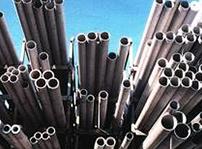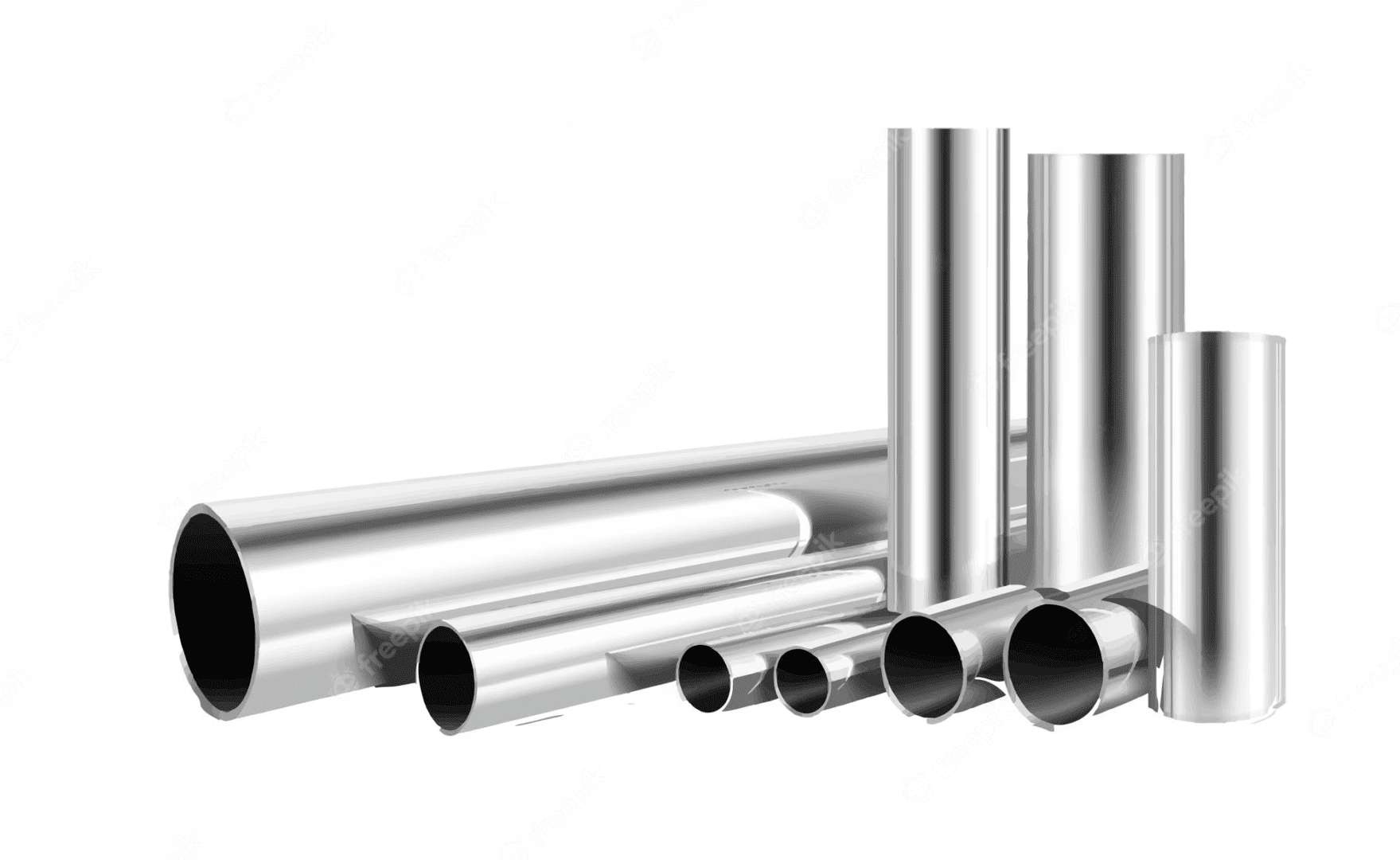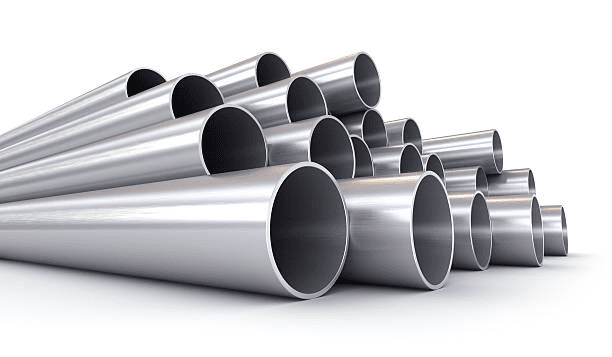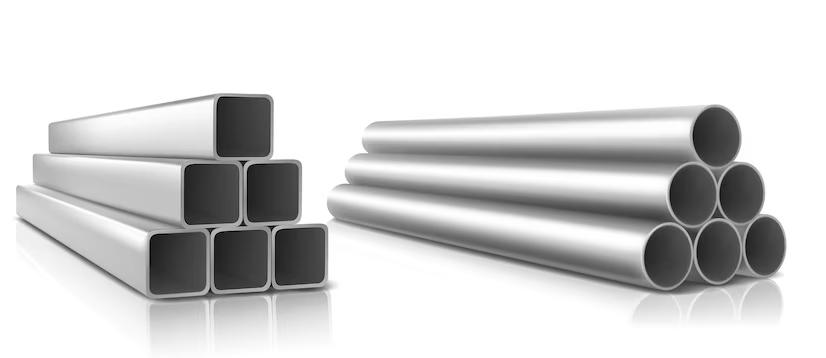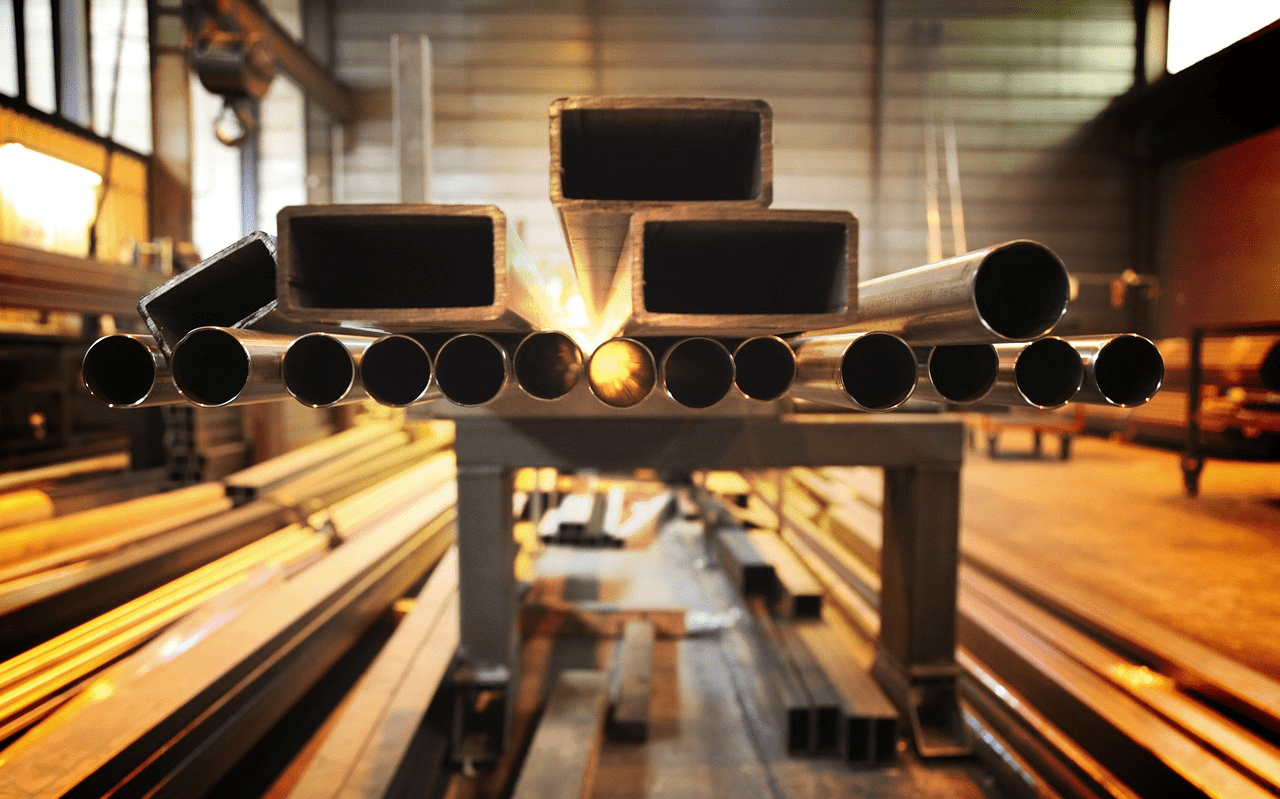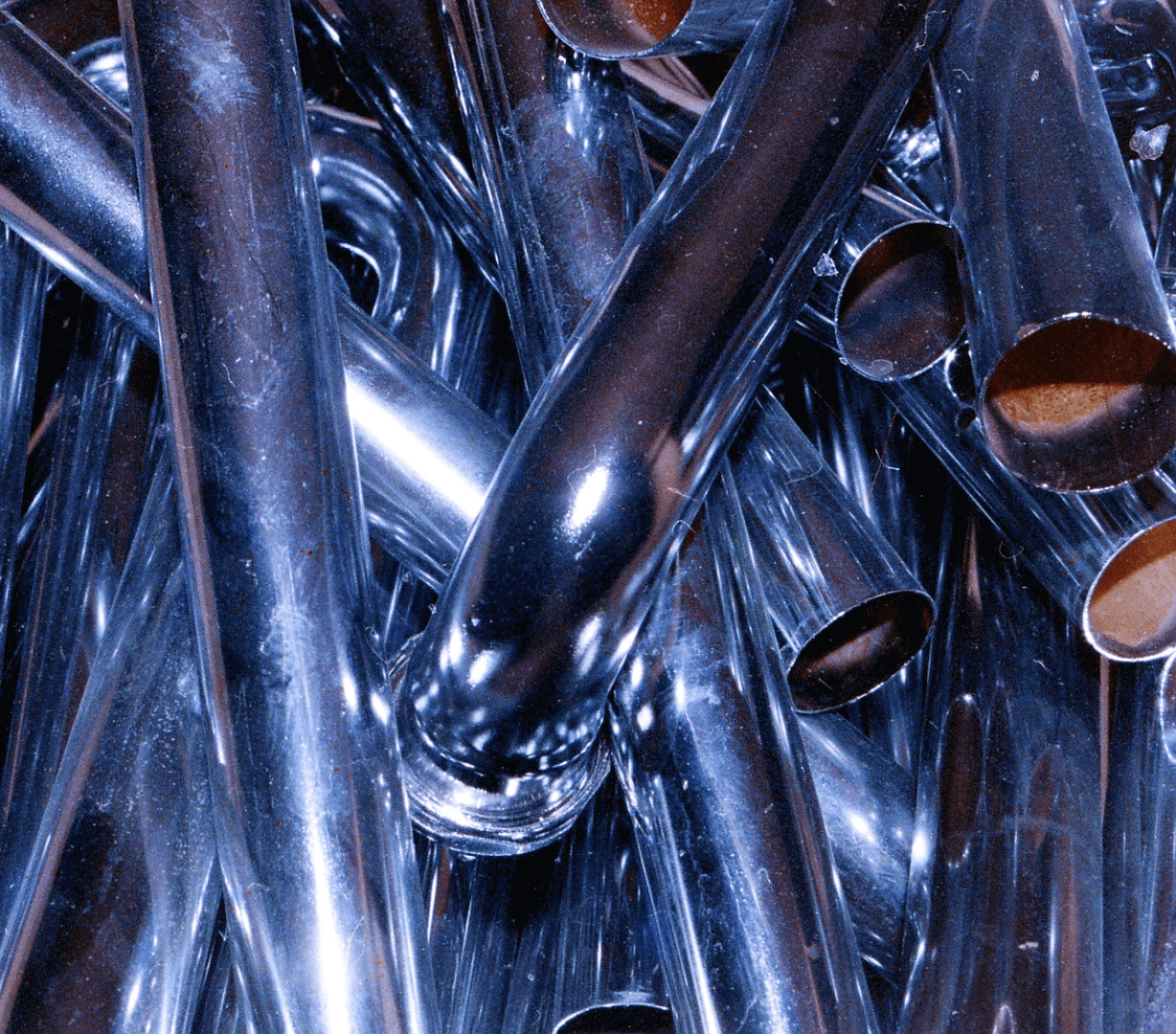
The 321 stainless steel tube is renowned for its incredible features, like resistance to corrosion, impressive mechanical strength, and high-temperature endurance. This stainless steel variant is popular in diverse sectors for crafting transportation components. Notably, it’s ideal for equipment in contact with harsh chemicals, demonstrating unmatched resilience against fatigue and potential fractures. Continue reading “What are the Applications of 321 Stainless Steel Tubes?”

